Placing the washing machine in the toilet
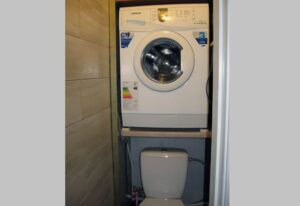 Everyone knows the sizes of bathrooms and kitchens in “Khrushchev” and “Brezhnevka” buildings. The premises are so compact that it can be quite difficult to place all the furniture, household appliances in them and still leave free space for living. Apartment owners are especially faced with the question of where to put the washing machine. We will analyze the possibility of installing a machine in the bathroom, and tell you what options there may be in this case.
Everyone knows the sizes of bathrooms and kitchens in “Khrushchev” and “Brezhnevka” buildings. The premises are so compact that it can be quite difficult to place all the furniture, household appliances in them and still leave free space for living. Apartment owners are especially faced with the question of where to put the washing machine. We will analyze the possibility of installing a machine in the bathroom, and tell you what options there may be in this case.
What is the best way to place the unit?
The idea of placing a washing machine in the toilet comes to many people. This option is convenient because communications are in close proximity, equipment will be hidden from prying eyes, and the floor in the restrooms is usually tiled, which is also good. In addition, placing a washing machine in the bathroom will sometimes be safer than in the kitchen or bathroom.
There are several options for placing machines in the toilet; here you need to “dance” from the square meters of the room. If the size of the restroom allows, then the easiest way is to place the washing machine next to the toilet. Usually this method is not suitable, since in most apartments the width of the bathroom does not exceed 80-100 cm.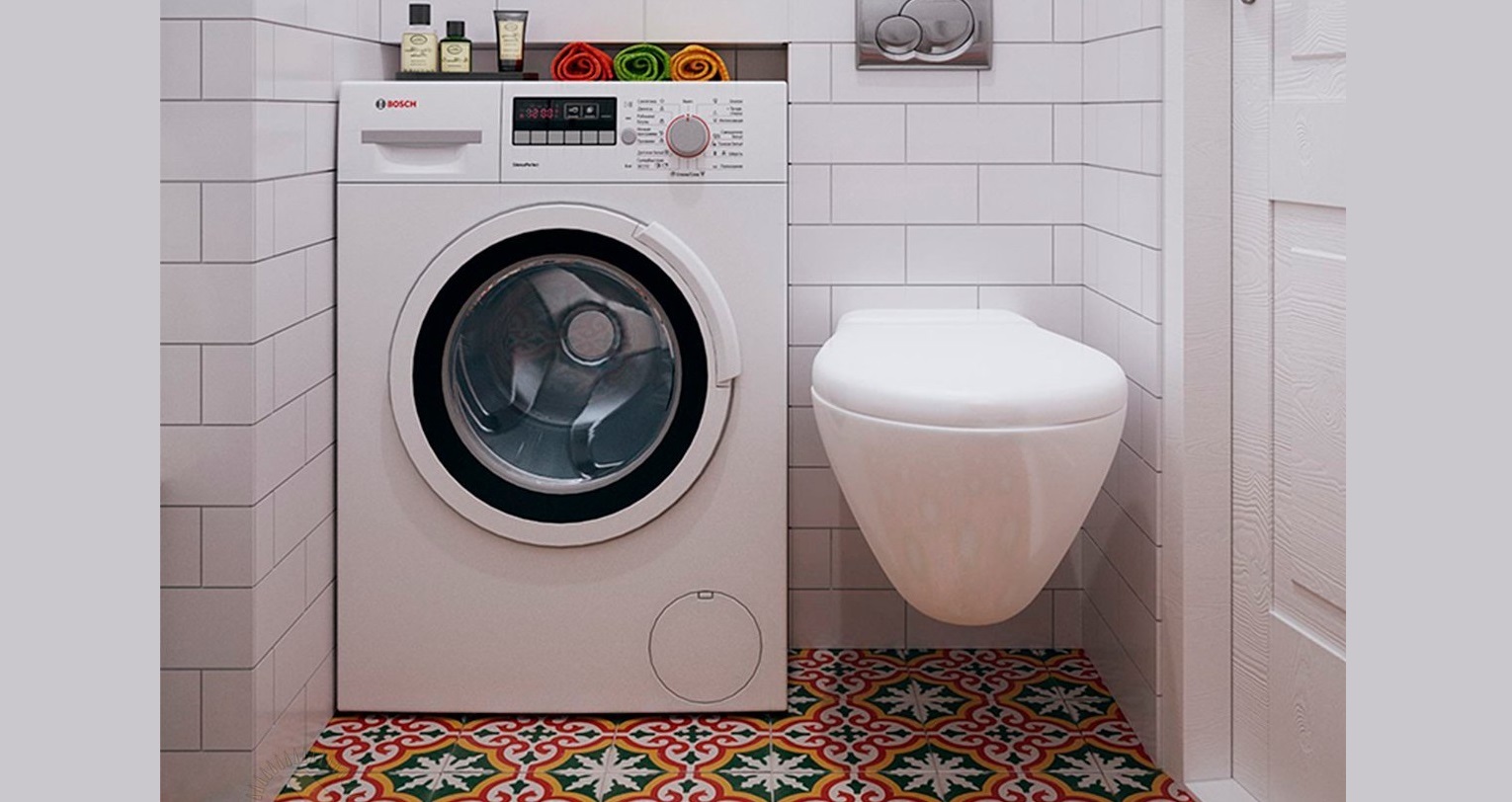
It will be easier if the toilet has a sink. Then you can purchase a front-loading machine with the ability to be built under the sink. The problem will be solved - the washing machine will fit perfectly under the washbasin.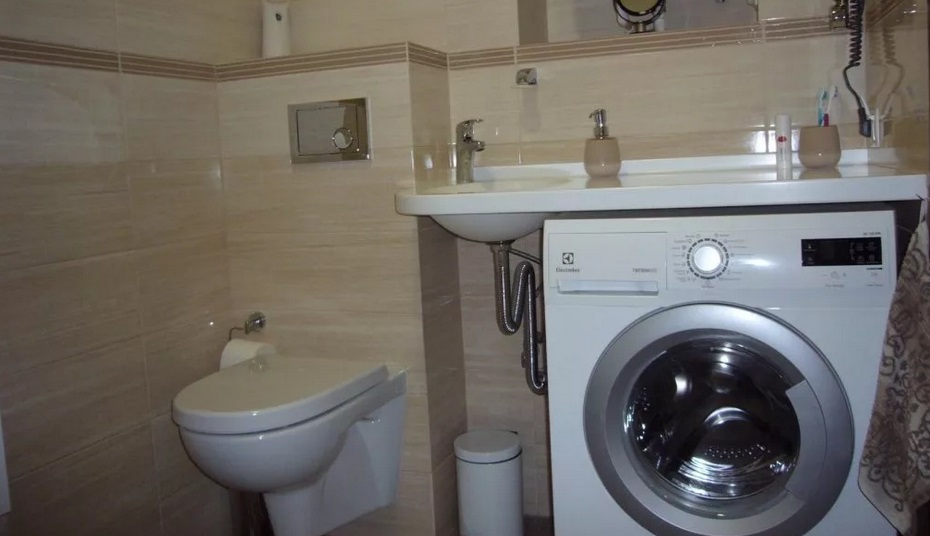
The next option is more expensive. If you have free time and money, you can make a hole in the wall separating the toilet and bathroom. The washing machine is placed in the hole. Which room the front part of the machine will “look” into is up to you to decide.
There is another quite popular accommodation option. Often in a small toilet the machine is installed above the toilet. Installation will take time and effort, but this method allows you to save space.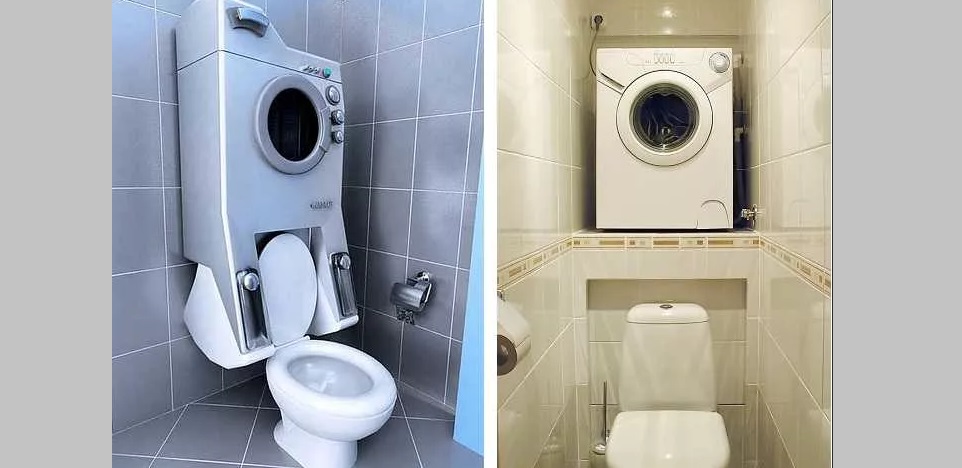
Usually in apartments there is a small recess in the wall above the toilet. This niche can be used to install the machine. Of course, this placement option is not suitable for full-size front cameras; in this case, narrow models should be chosen.
A machine hanging in a niche above the toilet can be disguised by providing a screen or flap. The washing machine will be hidden from prying eyes, and those watching will have the feeling that there is a small cabinet in front of them.
The metal frame where the machine will be placed must be securely fastened to withstand the load exerted by the washing machine during operation.
Along with one big advantage - saving space, this method of placing the washing machine has significant disadvantages:
- complexity of installation. You will have to not only make a strong metal frame for the machine, but also attach it to the wall, drag the heavy machine up;
- inconvenience when loading and unloading laundry from the drum. The hatch will be at a high enough height to fill the machine and activate the desired program; housewives may need a chair;
- if the machine is larger than the dimensions of the niche, then it will hang over the toilet. This may be uncomfortable for family members;
- increased danger. If the fastenings of the frame become loose, then during the next spin cycle the machine may simply fall to the floor;
- additional difficulties during repairs. The heavy device will have to be removed from the shelf and then put back.
Be sure to place a rubber mat under the base of the washing machine; it will dampen the vibrations emitted by the equipment.
Another way to place the machine in the toilet is to hang it on the side. Of course, we are not talking about ordinary front-facing cameras, but about special wall-mounted units. Their capacity is small, up to 4 kg of laundry, but for a small family this load volume will be enough.
Connecting to communications
Having figured out exactly where to install the “home assistant”, you can move on to connecting the equipment. Be sure to read the instructions to understand how to correctly position the drain hose and how to lead it to the sewer where the inlet hose is attached. The user manual describes all processes in great detail.
A separate outlet should be provided for the washing machine. It should be moisture resistant, preferably with a lid. It is recommended to install a residual current device and ground the point. Do not use an extension cord.
Grounding the outlet is necessary to protect family members. If a current leak occurs inside, the charge will go to the metal case, and anyone who touches the walls of the machine will have a hard time. Therefore, it is so important to follow all protective measures.
The drain hose is placed in a special way - in a bend, and at a level of at least 50 cm from the floor. If you make the height smaller, there is a chance that water will flow out of the washer tank by gravity. There are several ways to connect the hose to the sewer: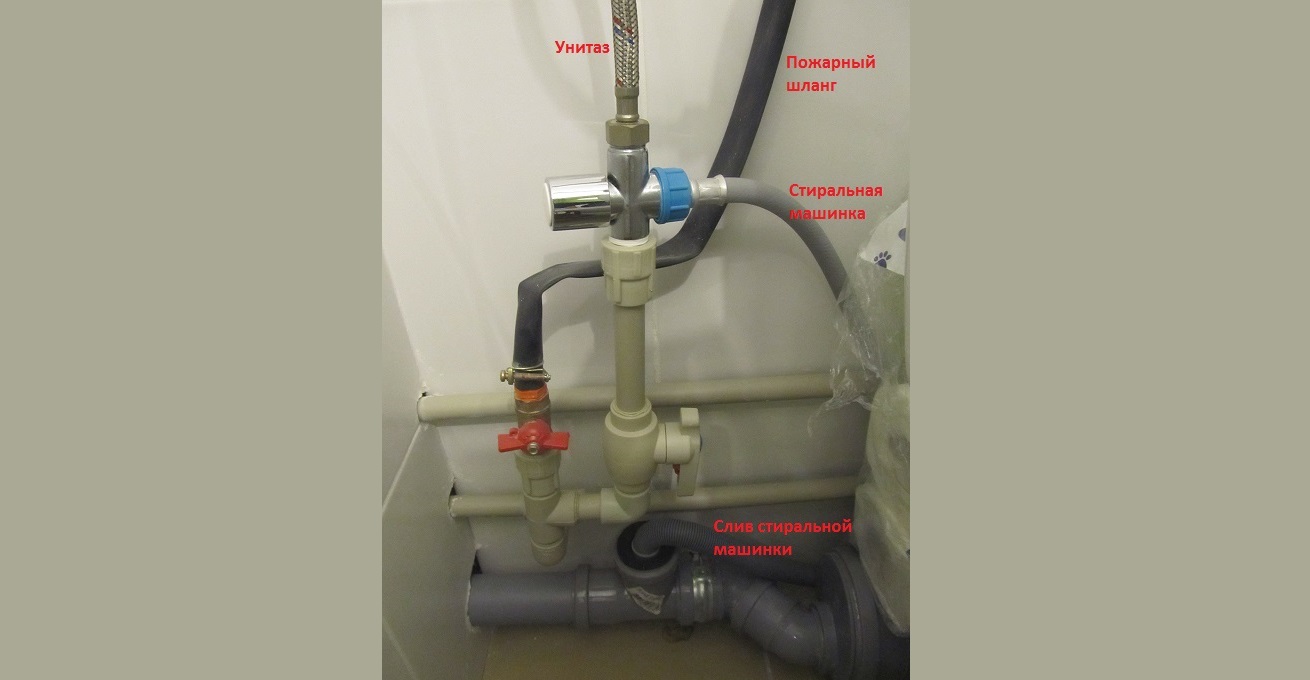
- cut it directly into the sewer pipe;
- connect to the siphon under the sink. If there is a sink in the toilet, then you can connect the hose to it; if there is no washbasin, the pipes are led into the adjacent bathroom and fixed there;
- connect through a special tee, which is mounted into the comb gap.
It is important that the place where the drain hose is connected to the sewer outlet is sealed. Otherwise, the room will smell unpleasantly like sewage. Special attention is paid to this.
Connecting the machine to the water supply is easier. The end of the inlet hose has a 3/4 inch threaded nut. Various taps are suitable for it, both screw and ball. Having chosen a suitable valve, mount it into the pipe and screw the washing machine sleeve onto the outlet.
Having connected the automatic machine to communications, run a test wash. It should be performed empty, without laundry in the drum. During the first cycle, it is worth constantly monitoring the operation of the unit in order to notice possible problems in time.
Difficulty installing the machine in a small toilet
Typically, in a small toilet, washing machines are installed above the toilet, on a special frame. To put the machine up, you will have to spend a lot of time and effort. And you should understand that after a while some part in the washing machine may break. You will have to disconnect the unit from communications and remove it from the “shelf”.
Experts recommend removing the machine from the frame sideways - this will greatly facilitate the process. Also, when unrolled, the washing machine should be taken out of the bathroom and repaired in a more free room. The machine is placed back on the shelf in the same position, and then turned face forward.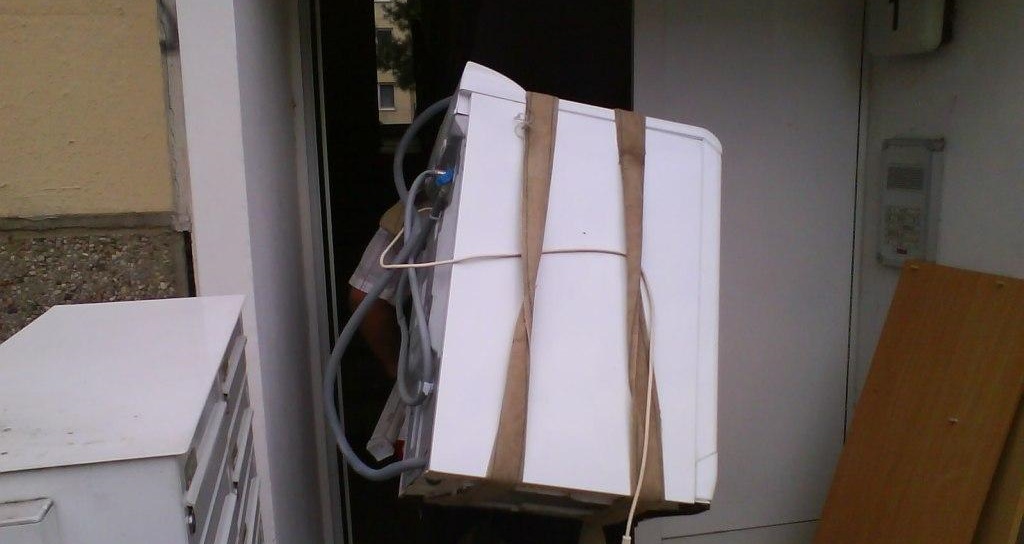
To summarize, let’s say that a machine should be installed in a small toilet only as a last resort, as this is associated with some inconveniences. Of course, if the size of the bathroom allows, then you can allocate a place for the machine next to the toilet or under the sink.But instead of hanging a massive front panel on the wall, it is better to choose a safer way to place the equipment.
Interesting:
Reader comments
- Share your opinion - leave a comment

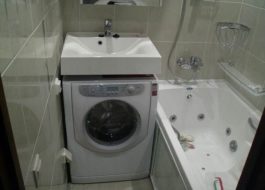
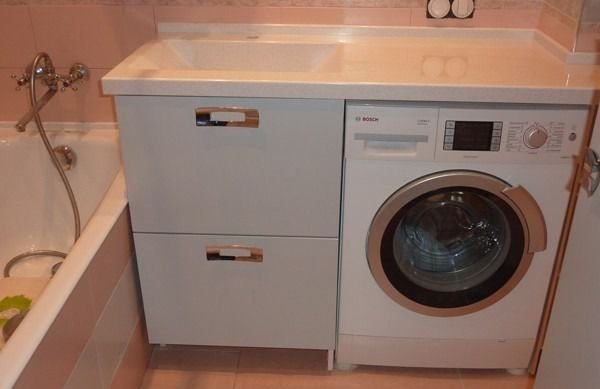
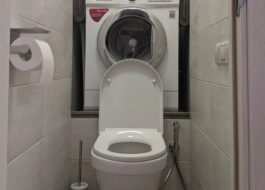
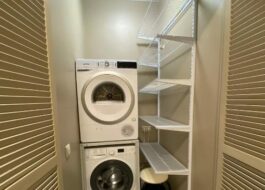
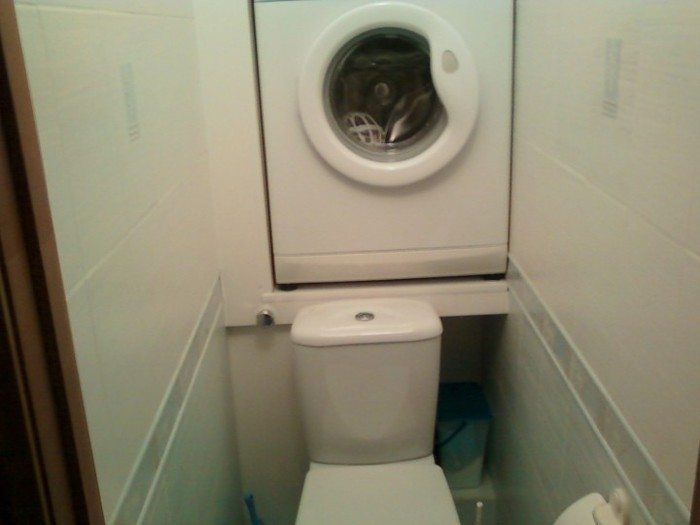



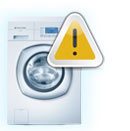
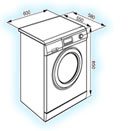


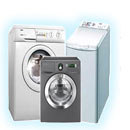



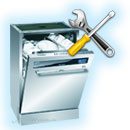
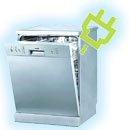


Add a comment